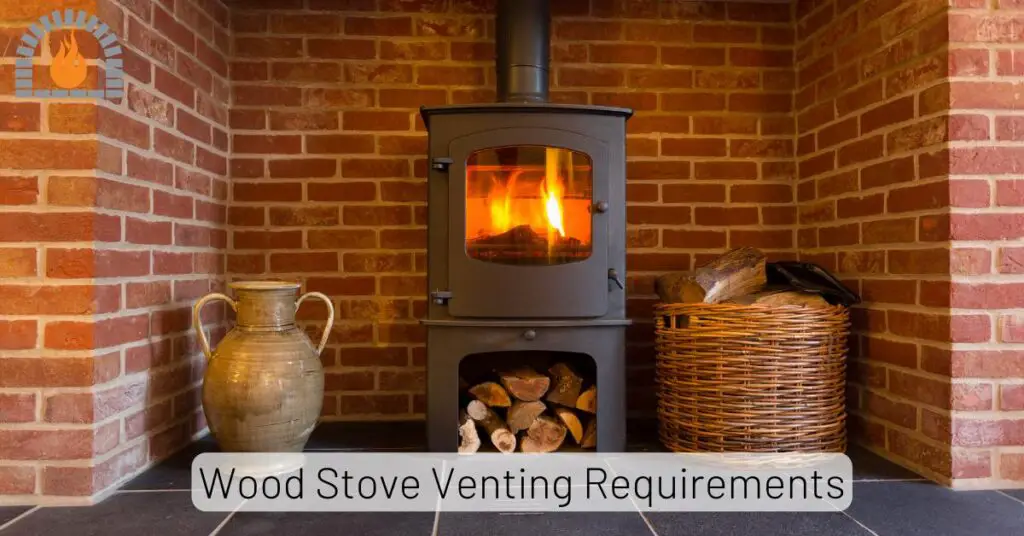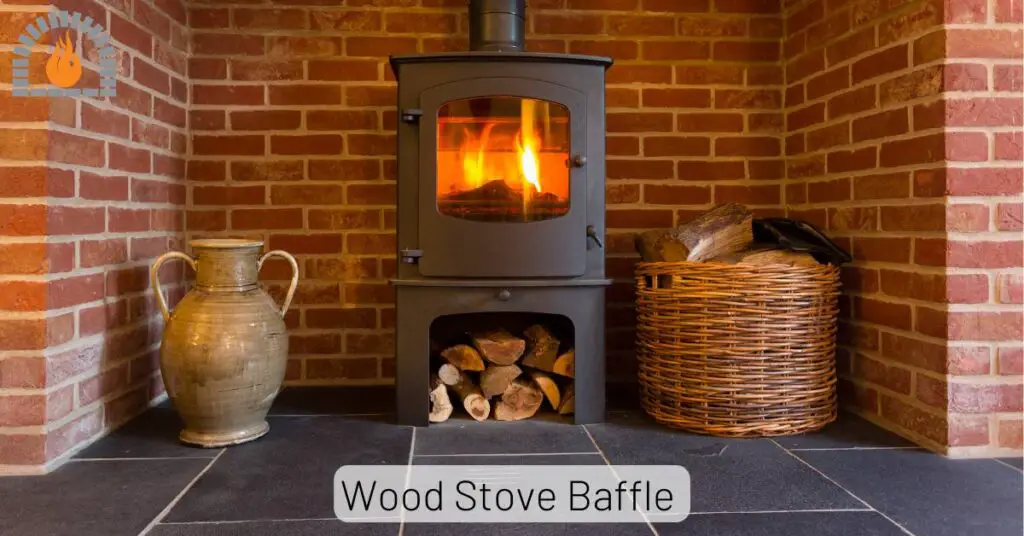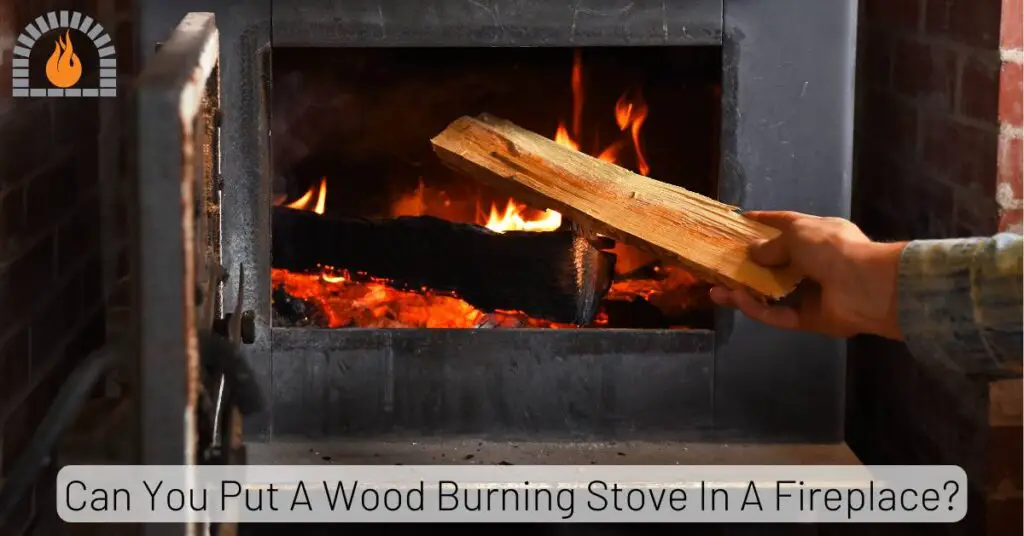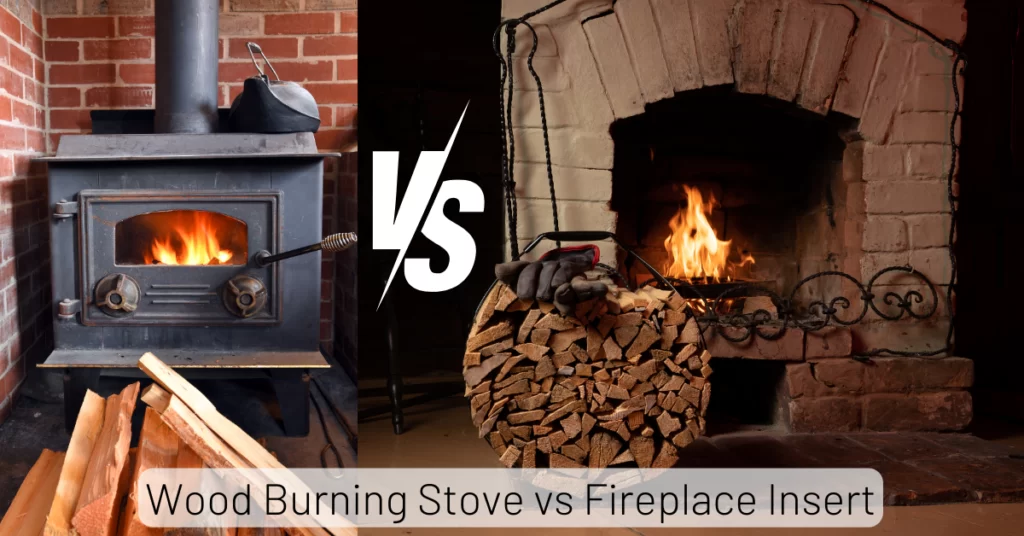As someone who loves the idea of turning my garage into a cozy workshop or man cave, the thought of installing a wood stove has definitely crossed my mind. But before diving into any installation, I quickly realized there’s more to it than just picking a stove and lighting a fire.
In fact, safety regulations and building codes play a huge role when it comes to having a wood stove in the garage. If you’re considering this option like I was, it’s crucial to understand the requirements—both to stay within the law and to keep your garage safe.
Let’s dive into what you need to know to make this dream a reality, while keeping safety at the forefront.
Disclaimer: Different states have varying code requirements. Please confirm with your local authorities before installing any heating appliance.
Can you Install Wood Stove in the Garage?
Yes, you can install a wood stove in a garage, but strict guidelines outlined in B365-10 Section 4.3 and NFPA 211 must be followed to ensure safety.
According to CSA B365-10 Section 4.3 and NFPA 211 standards, hazardous locations should be avoided. The wood stove must not be installed in areas where corrosive atmospheres, flammable gases, vapors, or combustible dust are present.
Additionally, the stove must be mounted at least 18 inches (450 mm) above the garage floor to reduce fire risks. To protect the stove from accidental vehicle collisions, garage owners should install concrete or steel bollards in front of it.
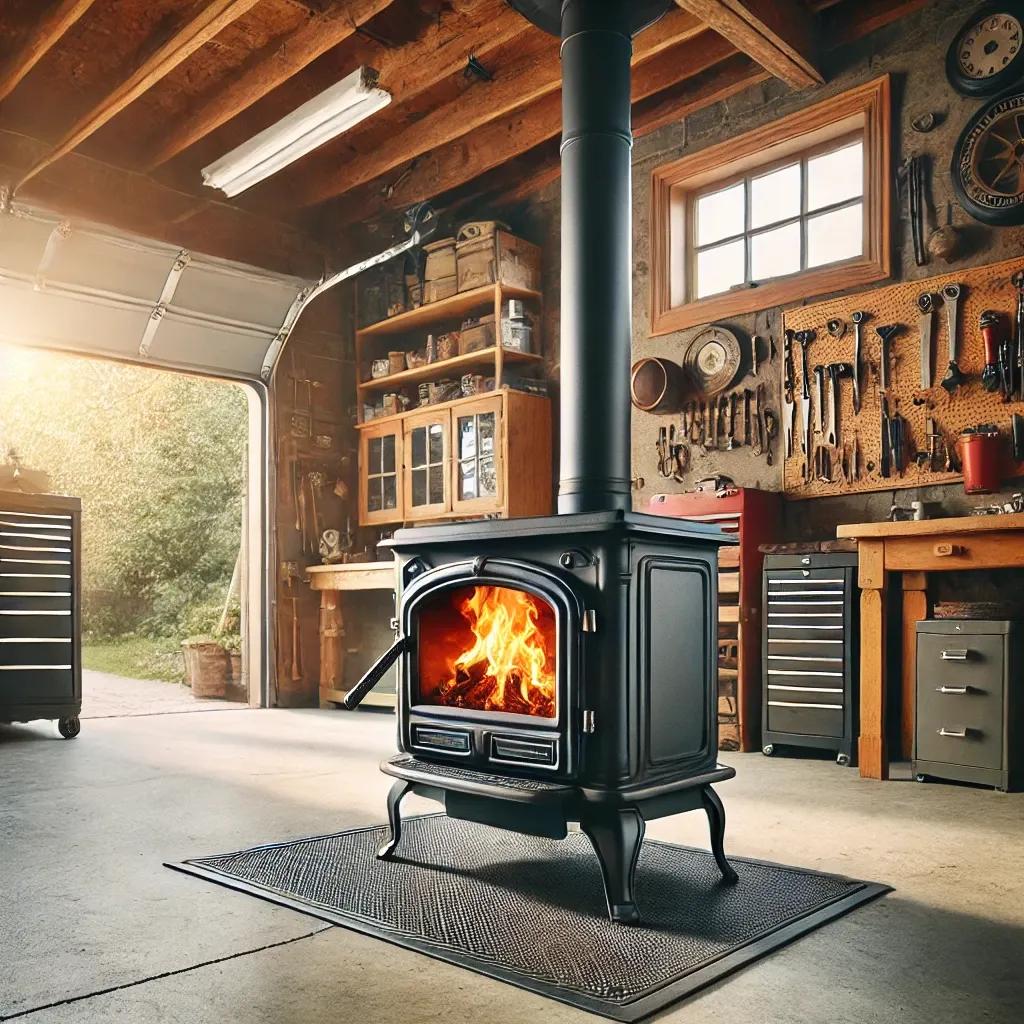
General Requirements for Using Wood Stove in the Garage
Location Restrictions: According to Section 4.3 of CSA B365-10, wood stoves cannot be placed in areas where corrosive atmospheres, flammable gases, vapors, combustible dust, or fibers are present. However, you can install a wood stove in a residential or storage garage if certain safety measures are met.
Height Requirement: The wood stove must be installed at least 450 mm (18 inches) above the garage floor. This elevation is essential to prevent flammable vapors from being pulled into the stove, which could cause fires or explosions.
Protection Against Damage: Your installation must include some form of protection to prevent the stove from being damaged, such as a vehicle accidentally hitting it. This is often done by placing steel or concrete bollards in front of the stove.
Safety Considerations
Flammable Materials: Garages are often home to flammable substances like gasoline, oil, and solvents, which create additional safety hazards for installing wood stoves. Because of these risks, many professionals, including the National Fireplace Protection Agency (NFPA), recommend avoiding wood stoves in garages altogether.
Insurance Implications: Some insurance companies may not provide coverage if you have a wood stove installed in your garage due to the higher safety risks. It’s important to check with your insurer before going ahead with the installation.
Compliance and Inspections
WETT Inspection: After installation, a Wood Energy Technology Transfer (WETT) inspection may be required to confirm that your setup follows the CSA B365-10 standard and local building codes. This inspection ensures that your wood stove is installed properly and safely.
Local Authority Approval: Always check with your local authorities for specific regulations or requirements that apply to your area. This will help you avoid any issues during inspections and ensure your installation is fully compliant.
Following these guidelines can help ensure a safe and compliant installation of a wood stove in your garage.
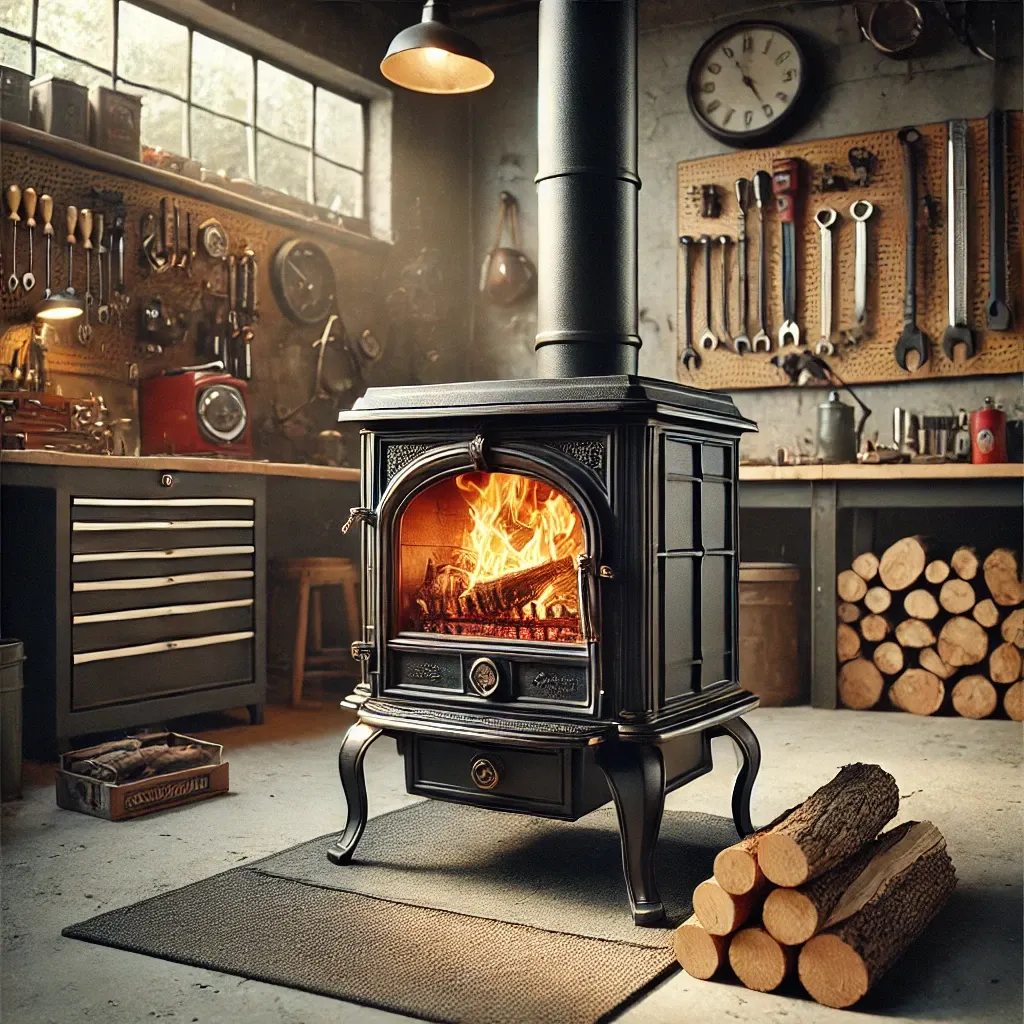
NFPA 211 General Requirements
According to NFPA 211, installing a wood stove in a garage is not recommended due to the increased risk of fire from flammable substances commonly stored in garages, like gasoline and solvents. These materials heighten the chances of fire or even explosion if a wood stove is present.
If the installation were allowed in a separate, fireproofed room, specific clearances would need to be followed. NFPA recommends the following distances between the wood stove and combustible materials:
- Ceiling: 36 inches
- Front: 36 inches
- Sides: 36 inches
- Rear: 36 inches
- Floor: At least 18 inches on a non-combustible surface.
The chimney system must adhere to NFPA standards to ensure that exhaust gases are safely vented outside. The flue should not be more than three times the size of the appliance’s flue outlet.
It’s highly recommended that any wood stove installation be done by certified professionals to ensure it meets local building codes and safety regulations. This includes obtaining the proper permits and having the installation inspected.
Always check with your homeowner’s insurance provider before installing a wood stove. Improper installations can void coverage in the event of a fire or other incident.
Affiliate Disclosure: Fireplaceadviser.com is a participant in the Amazon Services LLC Associates Program. We may earn a commission when you click on certain links on this site and purchase.

Hello!! I am Jamal Khan. I often fix my home electric heaters and gas stove problems and research the common issues in the heating units to improve my knowledge and expertise. The aim of establishing fireplaceadviser.com is to share my expertise and knowledge with my audience.













